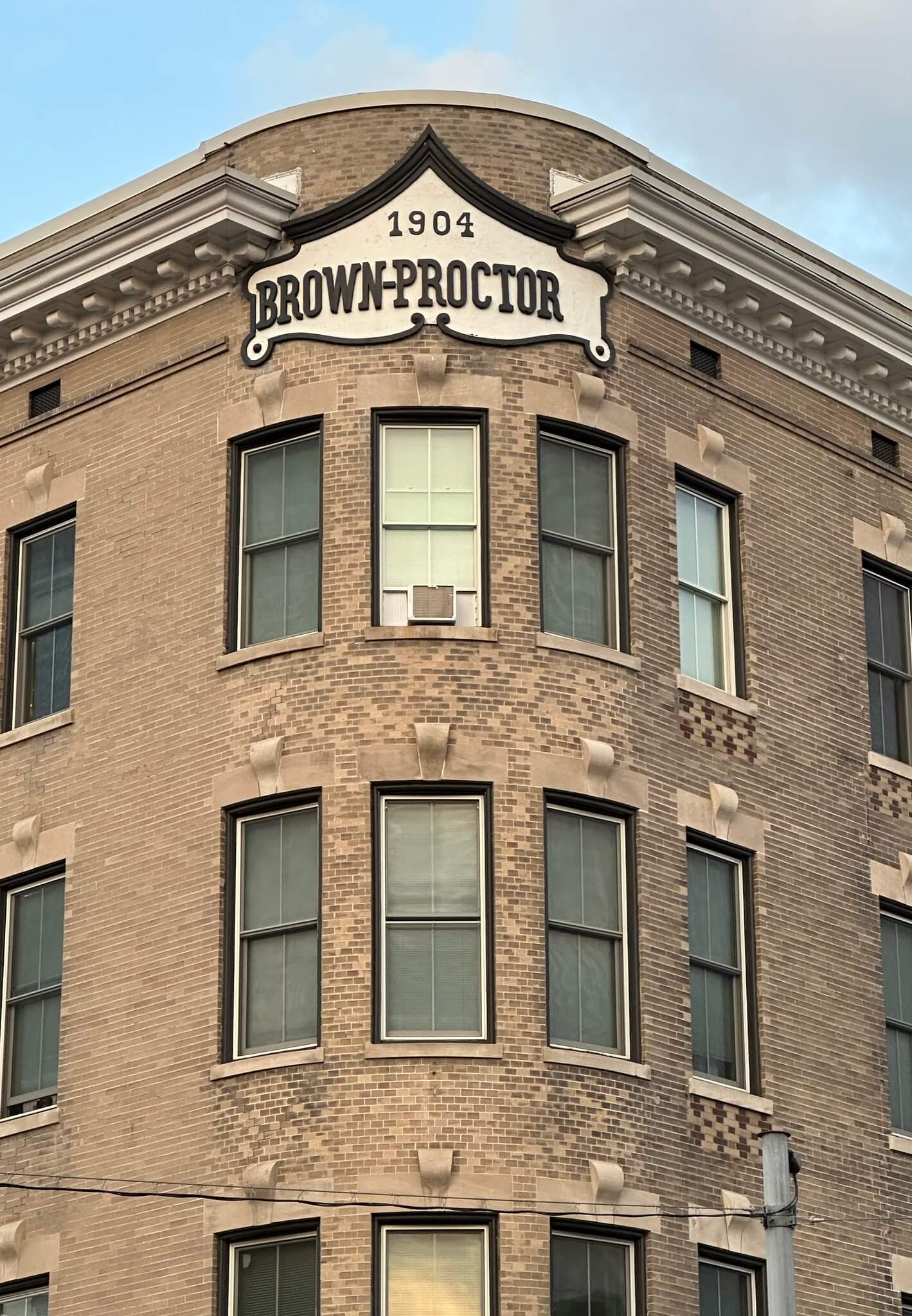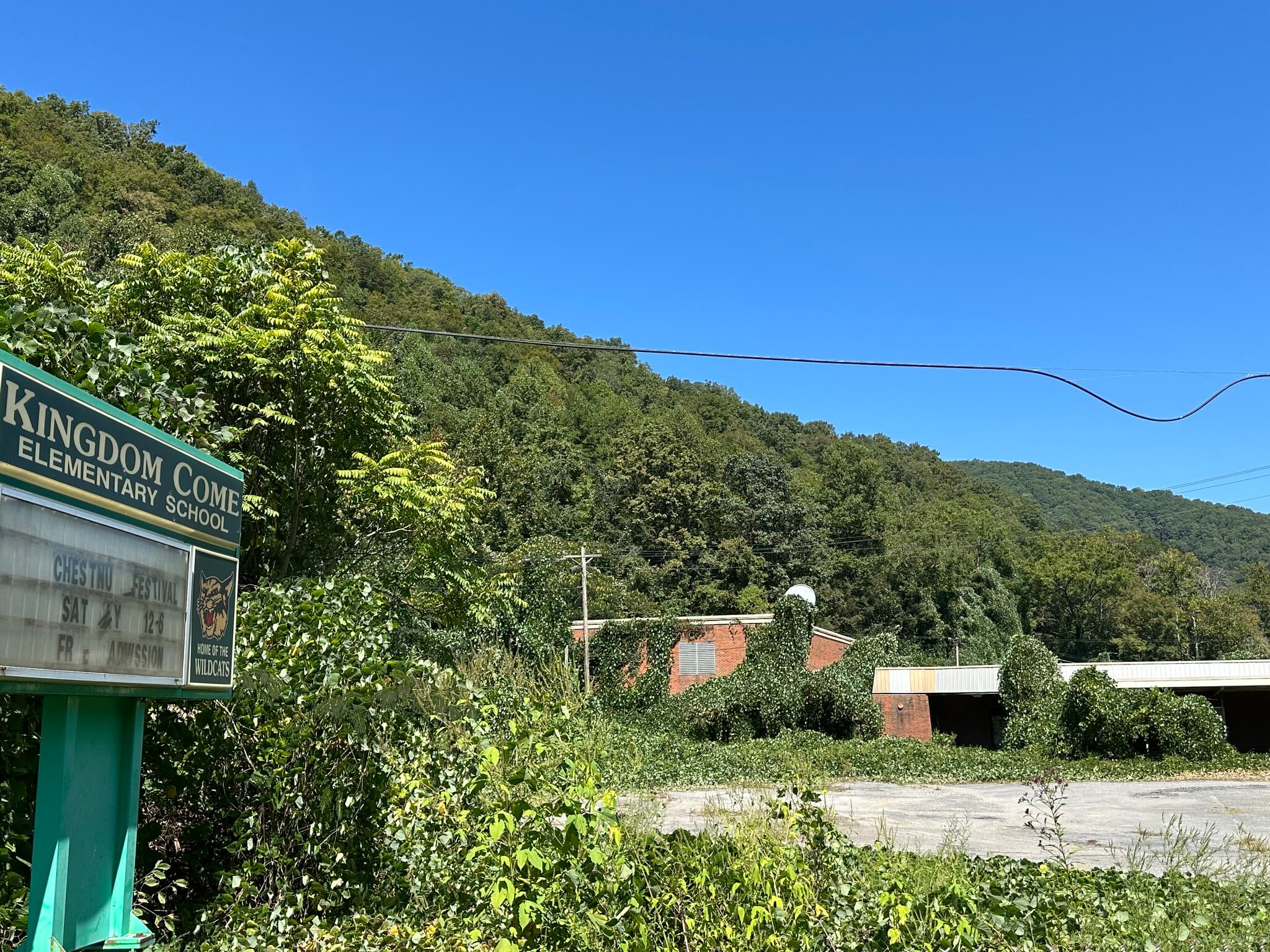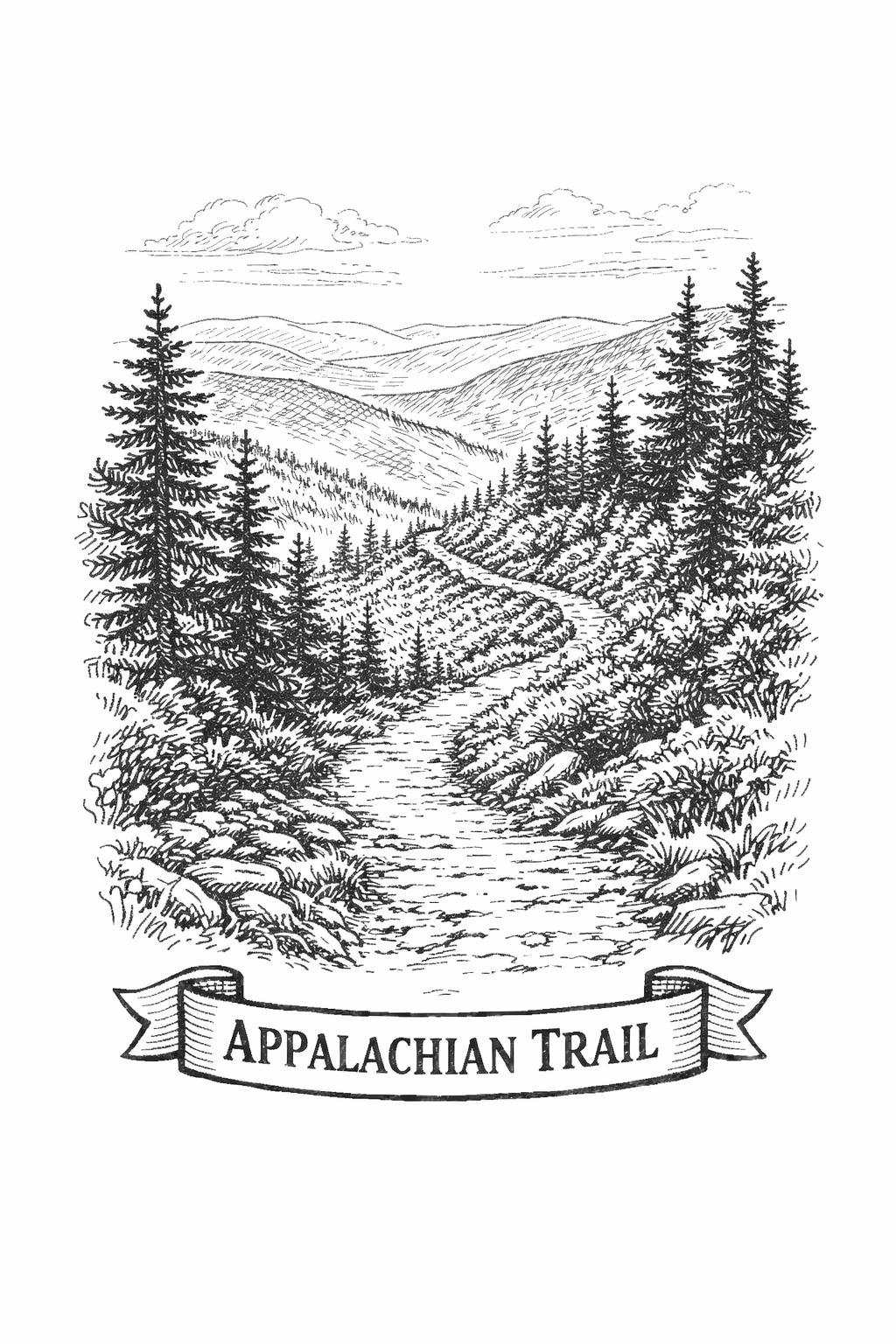
Repurposed Appalachia Series – Brown Proctoria Hotel of Winchester On the corner of Main Street and Lexington Avenue in Winchester, the Brown Proctoria Hotel still fills an entire city block, its limestone base and brick walls catching the light the way they did more than a century ago. For travelers arriving from the Bluegrass and the eastern hills, this corner was once the first glimpse of modern Winchester.




